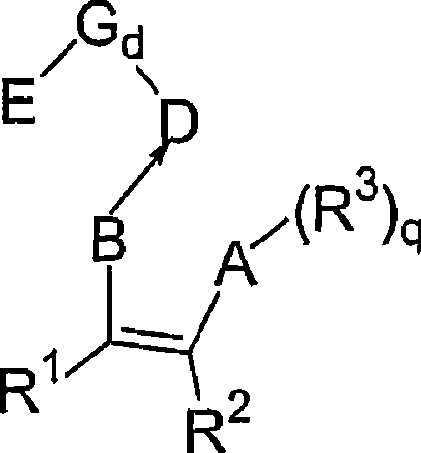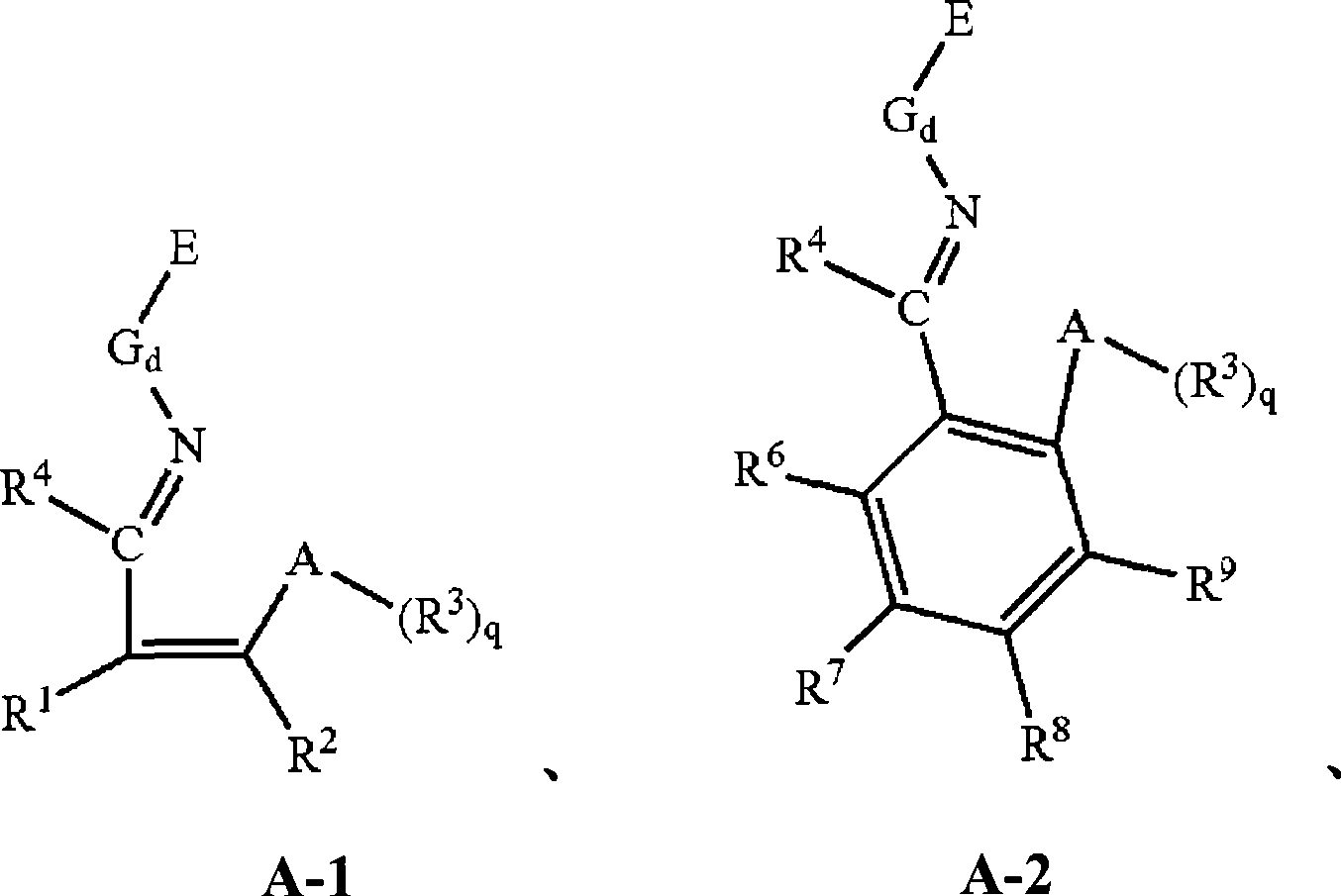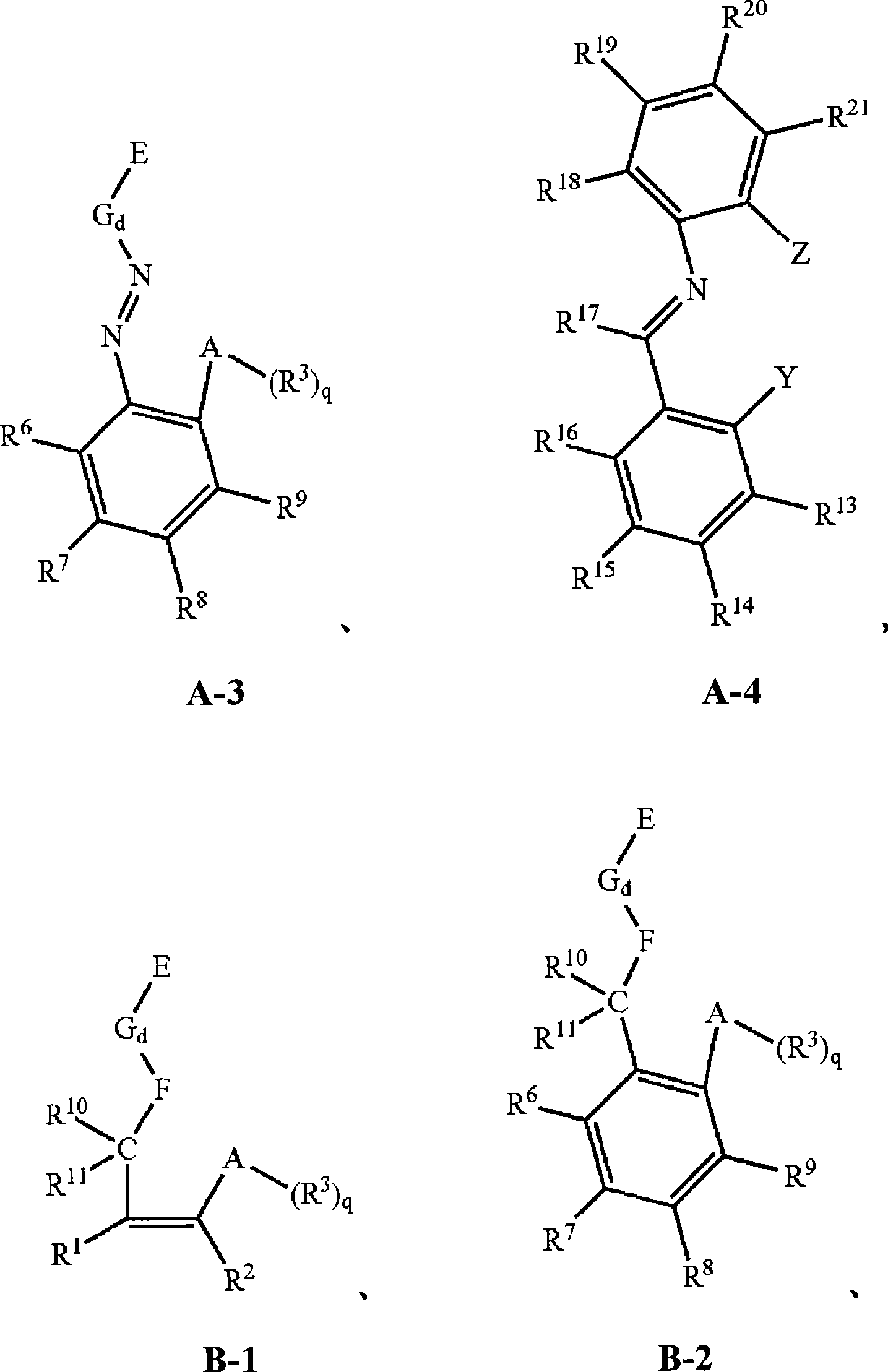Load type non-metallocene catalyst and preparation thereof
A non-metallocene and non-metallocene ligand technology is applied in the field of supported non-metallocene catalysts, which can solve the problems of high temperature, unstable performance and low olefin polymerization activity in the supported process.
- Summary
- Abstract
- Description
- Claims
- Application Information
AI Technical Summary
Problems solved by technology
Method used
Image
Examples
preparation example Construction
[0102] First, the present invention relates to a preparation method of a supported non-metallocene catalyst, comprising the following steps: treating the porous support with one selected from a chemical treatment agent and a non-metallocene ligand to obtain a modified porous support, wherein The chemical treatment agent is selected from Group IVB metal compounds; and the modified porous carrier is contacted with the other party selected from the chemical treatment agent and the non-metallocene ligand, thereby obtaining the supported non-metallocene Metal Catalyst Contacting Step.
[0103] The porous carrier used in the present invention can be any porous solid with functional groups on the surface, such as one or more selected from organic materials containing surface organic functional groups and inorganic materials containing surface functional groups. The organic material of functional group is for example selected from having surface organic functional group (such as being...
Embodiment 1
[0262] The porous carrier is silica gel, the model is ES757 of Ineos Company, which is continuously calcined at 600° C. under N2 atmosphere for 4 hours before use.
[0263] Weigh 5g of the heat-activated silica gel, add 50ml of hexane, add the chemical treatment agent titanium tetrachloride dropwise for 30 minutes under stirring, stir and react at 60°C for 4 hours, filter, wash with hexane three times, and The amount of hexane was 25 ml, and then heated to 60° C. and dried for 2 hours to obtain a modified porous carrier. Wherein, the ratio of titanium tetrachloride to carrier is 9.4 mmol: 1 gram.
[0264] will have the formula The non-metallocene ligand was dissolved in hexane, then added to the modified porous carrier, stirred and reacted for 4 hours, filtered, washed twice with hexane, each time 25ml of hexane was used, and then dried at 25°C for 6 hours to obtain the supported non-metallocene ligand. metal catalyst.
[0265] The mass concentration of the ligand is 0.045...
Embodiment 1-1
[0268] Basically the same as Example 1, but with the following changes:
[0269] The porous carrier is selected from Al2O3, and the thermal activation conditions are 800°C, N 2 Continuous roasting under atmosphere for 12h.
[0270] The ratio of titanium tetrachloride to carrier is 14 mmol: 1 gram, and the solvent is changed to decane.
[0271] The non-metallocene ligand is changed to The mass concentration of the ligand is 0.12 g / ml, the ratio of the non-metallocene ligand to the porous carrier is: 0.386 mmol: 1 g, and the solvent for dissolving the non-metallocene ligand is changed to decane.
PUM
 Login to View More
Login to View More Abstract
Description
Claims
Application Information
 Login to View More
Login to View More - R&D
- Intellectual Property
- Life Sciences
- Materials
- Tech Scout
- Unparalleled Data Quality
- Higher Quality Content
- 60% Fewer Hallucinations
Browse by: Latest US Patents, China's latest patents, Technical Efficacy Thesaurus, Application Domain, Technology Topic, Popular Technical Reports.
© 2025 PatSnap. All rights reserved.Legal|Privacy policy|Modern Slavery Act Transparency Statement|Sitemap|About US| Contact US: help@patsnap.com



